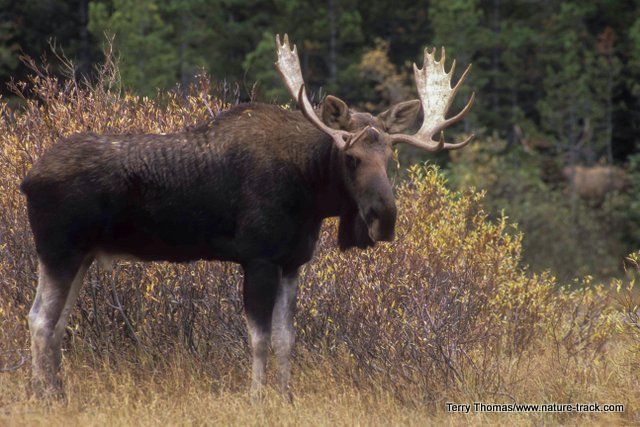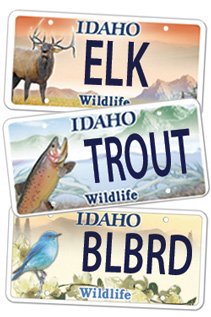Wounds and Scars

We all have skin in the game of life (some of us have lots of it. Thank goodness that skin can heal itself or we wouldn’t last long.
My son’s five-month-old French bulldog puppy was excited to see me, so much so that he accidentally sank a canine into my hand and tore a surprisingly large hole in my skin. That was several weeks ago, and after treatment to prevent infection, a scab quickly formed, and like magic, the hole in my skin began to heal and close, shrinking from the outside toward the center. Just two days ago, the last of the scab disappeared and I was left with a small pinkish scar.
The ability of tissue to repair itself is one of the most important body functions of an organism. Without this ability, animal species would have died out long ago as injury seems to happen to everyone of us. Repair of injury is essential to maintain functional bodies.
This process is kickstarted by the fact that all cells—skin, bone, muscle, organ, etc.—are constantly wearing out and are replaced. Some cells last only a few days while others live up to a year, but with the exception of the neural cortex (the brain) all cells die and are replaced.
One scientific journal defined a wound this way: “disruption of cellular, anatomical, and functional continuity of a living tissue.” So, a cut in the skin or a broken bone is a disruption of functional continuity. Functionality needs to be restored, not necessarily replacing the injured parts.
In animals, healing of skin begins when the immune system senses the disruption. White blood cells, including those that engulf invading bacteria, rush to the site and red blood cells begin to coagulate to stop bleeding and to begin to form the scab. The scab protects the area from further invasion once the white blood cells have effectively disinfected the wound.
Fibroblasts, one of the most common cells in the dermis, move to the wound area and begin producing collagen and elastin which commence to fill in the wound area. Stem cells, cells that are basic building blocks and can become any kind of cell, immediately begin the repair process by becoming skin cells and blood vessel cells in the fibrous tissue, although probably not as many as pre-injury.
As the healing proceeds toward the final stage of remodeling, fibroblast collagen manufacture changes from type III to type I which strengthens the repair and causes it to contract and pull the healing edges together. If the wound is very large, this process may be aided by the use of sutures or staples to pull the skin together. The larger the wound, the longer the process, but most wounds heal in two to three weeks.
Yet, wound healing is not the same as regeneration of limbs that some animals—the lizard’s tail comes to mind—are capable of. That is a process of actually preplacing a limb or tail with a functioning surrogate. For the most part, damaged glands, hair follicles, muscle cells and nerves in a wound are not repaired and are replaced by the inflexible fibrous tissue that forms a scar.
This physical process of healing is straightforward and effective. Sadly, emotional wounds are not so easily mended. Emotional recovery often takes much longer, and is more involved and heart wrenching and still may leave a dull ache of pain or regret for years afterward. More patience is required for healing emotional wounds, both on the part of the sufferer and those who love him or her.
Help Idaho Wildlife
When we traveled across the state in October 2017, we visited most of the Idaho Department of Fish and Game wildlife management areas. Most of the vehicles we saw using the wildlife management areas did not have wildlife plates. Buying wildlife plates is a great way for non-hunters and hunters alike to support wildlife-based recreation like birding.
C'mon folks, let's help Idaho's wildlife by proudly buying and displaying a wildlife license plate on each of our vehicles!
See below for information on Idaho plates. Most states have wildlife plates so if you live outside Idaho, check with your state's wildlife department or vehicle licensing division for availability of state wildlife plates where you live.
And tell them that you heard about it from Nature-track.com!

Wildlife License Plates
Great news! as of 2024, there are three NEW designs for license plates. They still are bluebird, cutthroat trout and elk, but they are beautiful.
Idaho Wildlife license plates provide essential funding that benefits the great diversity of native plants and wildlife that are not hunted, fished or trapped—over 10,000 species or 98% of Idaho’s species diversity. Game species that share the same habitats (such as elk, deer, antelope, sage-grouse, salmon, trout) also benefit from these specialty plates.
No state tax dollars are provided for wildlife diversity, conservation education and recreation programs. Neither are any revenues from the sale of hunting or fishing licenses spent on nongame species. Instead, these species depend on direct donations, federal grants, fundraising initiatives—and the Idaho Wildlife license plates.
Both my vehicles have Bluebird Plates. I prefer the bluebird because the nongame program gets 70 percent of the money from bluebird plates, but only 60 percent of the money from elk and trout plates - 10 percent of the money from elk plates supports wildlife disease monitoring and testing programs (to benefit the livestock industry) and 10 percent from cutthroat plates supports non-motorized boat access.
Incidentally, in 2014, the Idaho Legislature denied the Department of Fish and Game the ability to add new plates or even to change the name of the elk and cutthroat plates (very specific) to wildlife and fish plates, a move that would have allowed for changing images occasionally and generating more revenue. It would seem that they believe that we Idahoans don't want a well funded wildlife program.
I think it is time we let the Legislature know that Idahoan support wildlife funding and that we would like to see these generic plates come to fruition.

"WOW. What a phenomenal piece you wrote. You are amazing." Jennifer Jackson
That is embarrassing, but actually a fairly typical response to my nature essays. Since The Best of Nature is created from the very best of 16 years of these nature essays published weekly in the Idaho Falls Post Register (online readership 70,000), it is a fine read. It covers a wide variety of topics including humorous glimpses of nature, philosophy, natural history, and conservation. Readers praise the style, breadth of subject matter and my ability to communicate complex and emotional topics in a relaxed and understandable manner.
Everyone can find something to love in this book. From teenagers to octogenarians, from the coffee shop to the school room, these nature essays are widely read and enjoyed.
Some of the essays here are my personal favorites, others seemed to strike a chord with readers. Most have an important message or lesson that will resonate with you. They are written with a goal to simultaneously entertain and educate about the wonderful workings of nature. Some will make you laugh out loud and others will bring a tear to the eye and warm your heart.
Readers Write:
"You hit a home run with your article on, Big Questions in Nature. It should be required reading for everyone who has lost touch with nature...great job!" Joe Chapman
"We enjoyed your column, Bloom Where Planted. Some of the best writing yet. The Post Register is fortunate to have your weekly columns." Lou Griffin.
To read more and to order a copy, click here or get the Kindle version
Copies are also available at:
Post Register
Island Park Builders Supply (upstairs)
Barnes and Noble in Idaho Falls
Harriman State Park, Island Park
Museum of Idaho
Valley Books, Jackson Wyoming
Avocet Corner Bookstore, Bear River National Wildlife Refuge, Brigham City, Utah
Craters of the Moon National Monument Bookstore, Arco, Idaho
Wildlife License Plates
Great news! as of 2024, there are three NEW designs for license plates. They still are bluebird, cutthroat trout and elk, but they are beautiful.
Idaho Wildlife license plates provide essential funding that benefits the great diversity of native plants and wildlife that are not hunted, fished or trapped—over 10,000 species or 98% of Idaho’s species diversity. Game species that share the same habitats (such as elk, deer, antelope, sage-grouse, salmon, trout) also benefit from these specialty plates.
No state tax dollars are provided for wildlife diversity, conservation education and recreation programs. Neither are any revenues from the sale of hunting or fishing licenses spent on nongame species. Instead, these species depend on direct donations, federal grants, fundraising initiatives—and the Idaho Wildlife license plates.
Both my vehicles have Bluebird Plates. I prefer the bluebird because the nongame program gets 70 percent of the money from bluebird plates, but only 60 percent of the money from elk and trout plates - 10 percent of the money from elk plates supports wildlife disease monitoring and testing programs (to benefit the livestock industry) and 10 percent from cutthroat plates supports non-motorized boat access.
Incidentally, in 2014, the Idaho Legislature denied the Department of Fish and Game the ability to add new plates or even to change the name of the elk and cutthroat plates (very specific) to wildlife and fish plates, a move that would have allowed for changing images occasionally and generating more revenue. It would seem that they believe that we Idahoans don't want a well funded wildlife program.
I think it is time we let the Legislature know that Idahoan support wildlife funding and that we would like to see these generic plates come to fruition.